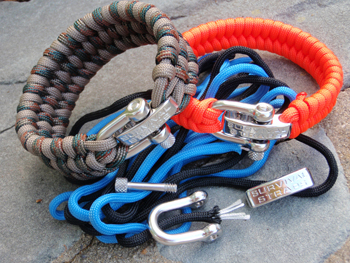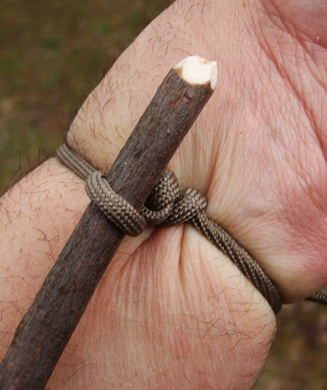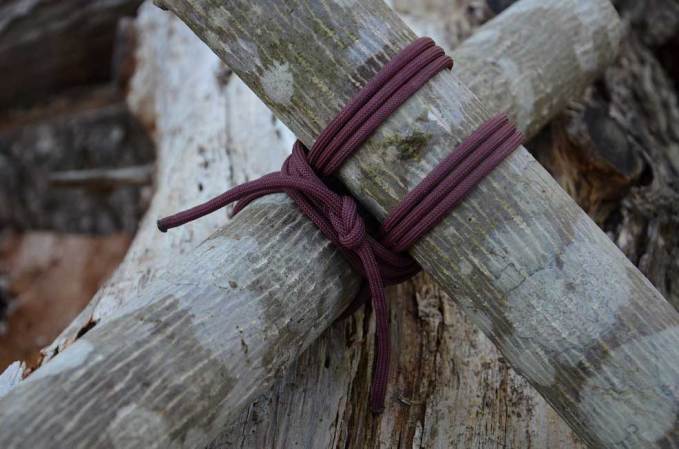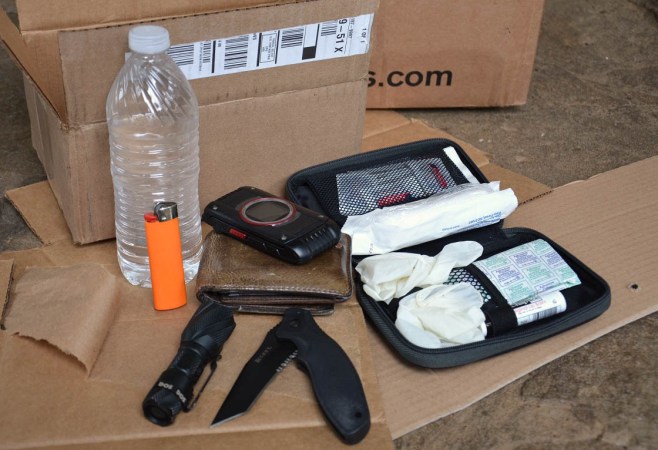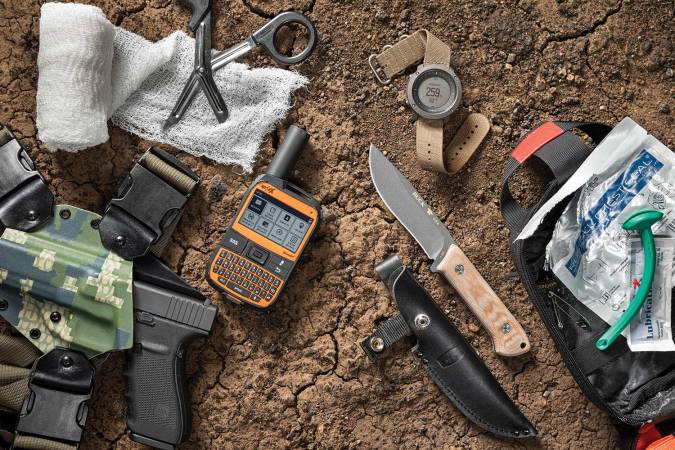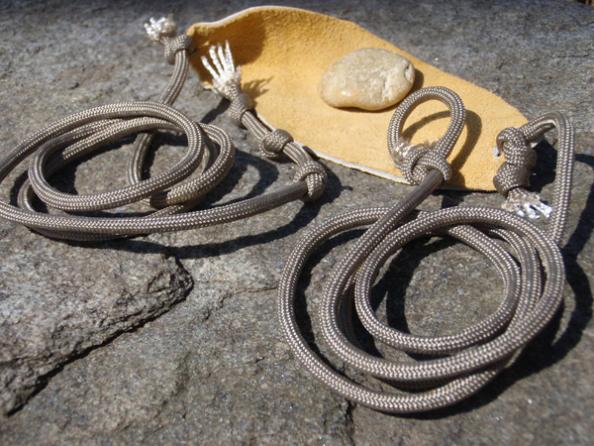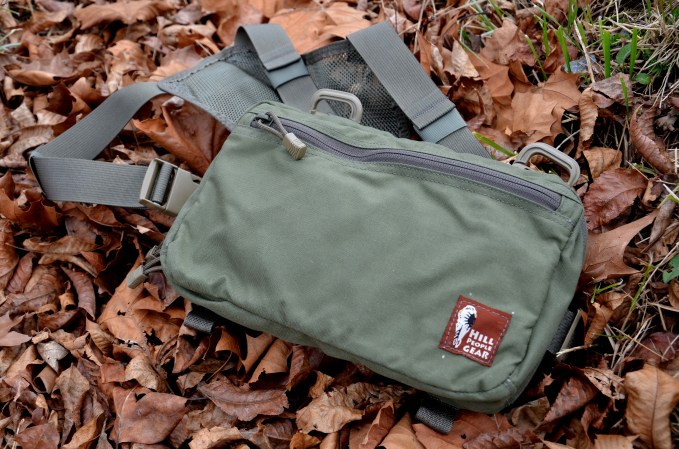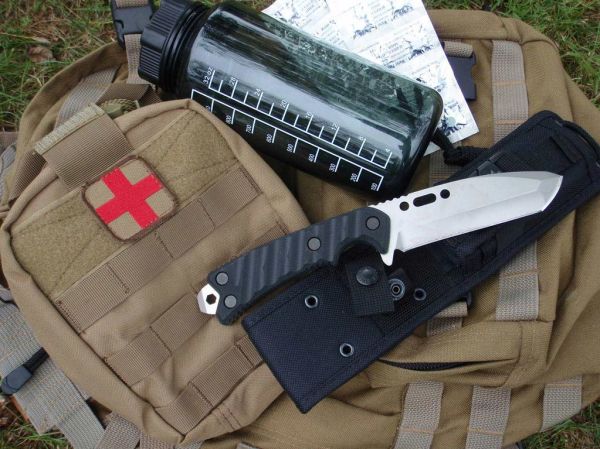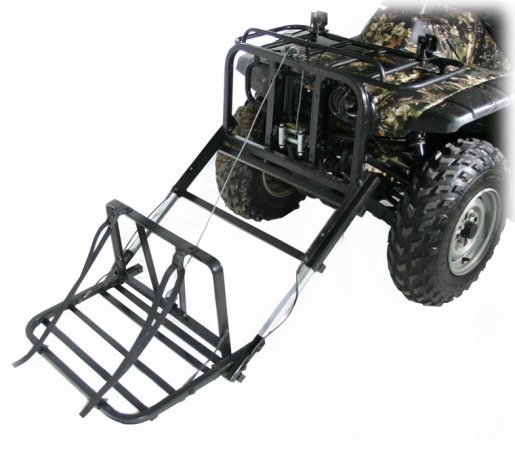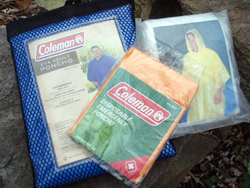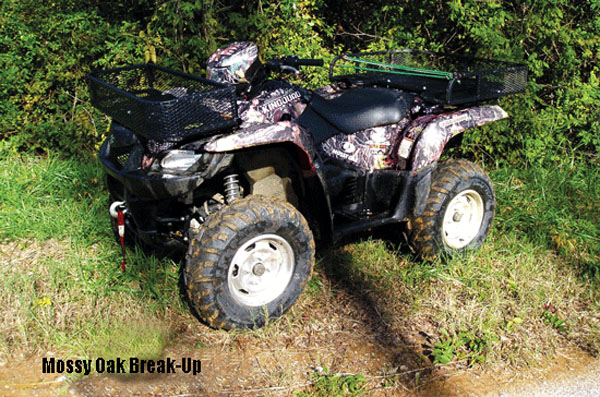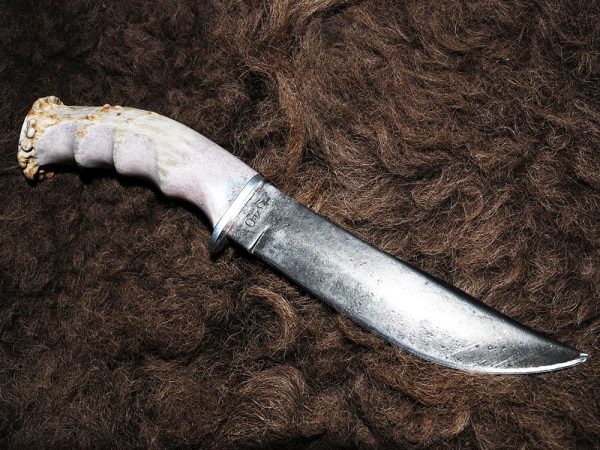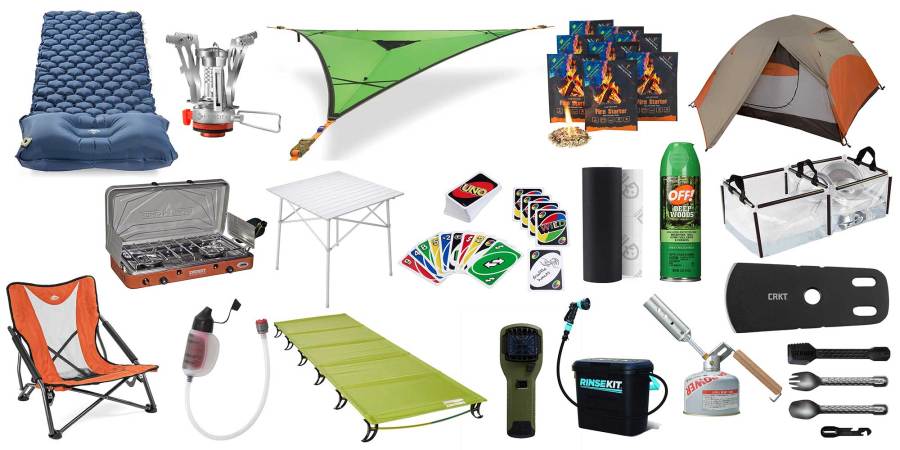We may earn revenue from the products available on this page and participate in affiliate programs. Learn More ›
Maybe you are starting to see paracord bracelets as often as I see them. This creative cordage storage option has been around for a while, but it really seems to be catching on recently. And with good reason. These bracelets are a handsome looking excuse to carry a piece of Military Spec 550 cord everywhere we go, making it a great every day carry item.
But that wasn’t good enough for the Florida based Survival Straps company, who have devised a way to sweeten the deal, and provide you with something the competition and the homemade bracelets don’t deliver — a brand new replacement in the event that you use the Survival Strap in an emergency. That’s right, use their bracelet to get out of a jam; send in the story with 5 bucks for shipping; and they’ll send you a replacement Survival Strap.
Let’s tear one to pieces, and see what makes it tick…
The freshly woven, American made Survival Strap was very stiff right out of the package, as most of these bracelets are. But after a brief “breaking in” period, the Strap was as flexible as a normal watchband. The stainless steel shackle has three holes in it, which allows you to adjust the fit. If the bracelet is still too big, you can soak it in water for 5 minutes and then let it dry for one day. Repeat this again on the second day, and the strap should have lost ¼ inch.
I’m always very cautious about heavy duty survival necklaces and bracelets, which could hang up on something if you were falling, or get snagged underwater and hold you there. Imagine the headlines in the local paper, “Survival gear kills owner”. Dreadful irony. But the Survival Strap makers have thought that problem through, and come up with a smart solution. Each of their Straps includes a plastic, break-away pin which can replace the stainless steel pin holding the bracelet together. Screwing in the plastic pin will allow you to break free if you ever get hung up.
What about using the cord? Of course I had to tear one apart. I was hoping for a knife free teardown, but I did have to bring out the blade at the end of the 93 second unraveling process. The melted end of the cord wouldn’t fit through the hole in the shackle, so I had to clip off the swollen end of the cord. Upon cutting the end of the cord, the seven inner strands were plain to see. The most surprising part of the operation was the length of cord. I was expecting about five feet of paracord, but instead, I received just over 9 feet of cord. It’s amazing to think that so much cord was woven into such a little item. No wonder the Strap was initially stiff — it was stuffed to the gills.
Still not convinced? Maybe this will soften your disposition. The Survival Straps company is partnered with the Wounded Warrior Project, and they raised $302,000 for WWP in 2011. Survival Straps has a goal of raising 1 million in 2012. At the time of writing this, they have raised $462,329. Great gear, great cause. No complaints out of me. Visit them at www.survivalstraps.com.
